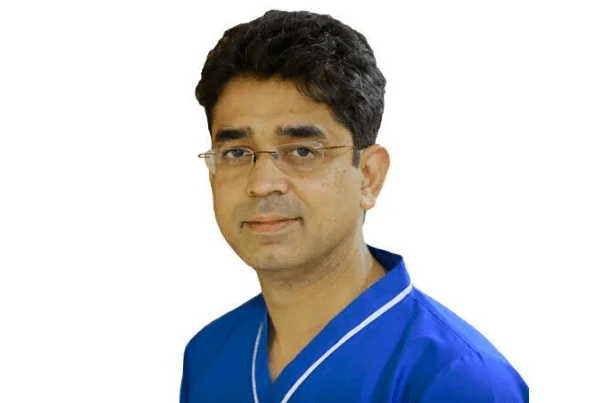Laparoscopic surgery has revolutionised the way
Laparoscopic surgery has revolutionised the way we do abdominal surgery. In more than two decades now it is now used for almost all situations when abdominal surgery is required. The obvious advantages such as less pain, scars and hospital stay has made patients choose it over the conventional abdominal surgery that involve long incisions and it’s associated problems. Given a chance nobody wants a big cut in the belly anymore.
In this article I would like to educate and clarify to the reader regarding a few misconceptions about laparoscopic surgery.
1. Many patients have an impression that only gallstone surgery can be done laparoscopically- for the rest open surgery is the only option. This is not true. The laparoscopic technique can be used for other diseases such as hernias, cysts, cancers, obesity, diabetes and infections successfully.
2. Many infections in the abdomen such as appendicitis, perforations in food pipe due to ulcer or typhoid may also be managed by laparoscopy. The major advantage in these cases would be a dramatic decease in the wound infection rate compared to conventional surgery.
3. Liver and pancreatic cysts when operated by conventional method require large incisions to reach them because they are concealed by the rib cage. These incisions lead to increased pain in the post operative period. Laparoscopic technique needs 3-4 small holes to perform the procedure and invariably results in significant reduction of pain. The patients typically walk out of the hospital the very next day.
4. Hernias whether in the groin, navel or in the hiatus ( that cause heart burns) can all be managed laparoscopically with excellent results. Putting the mesh inside rather than outside as in conventional surgery has significant merit.
5. Another beauty of laparoscopic surgery is that it matters less if the patient is very fat. In conventional surgery for abdominal diseases in an obese, getting entry inside the abdomen is technically difficult. Exposure and dissection is even more challenging. With laparoscopic surgery the access becomes easier. In fact bariatric surgery – by stapling the food pipe- is routinely done for patients above 100 kgs by laparoscopy and it is not too troublesome.
6. Certain cancers such as of the colon and rectum are now routinely resected by laparoscopic surgery and allow the patients to recover faster. The technique has also been approved recently for cancers in other sites such as the stomach, esophagus, liver and pancreas.
All said, here are a few words of caution. Laparoscopic surgery is a tool that is meant to give good results in trained hands. In the hands of the less trained and less experienced and in centers without good equipments, it may lead to complications even disasters. Where the expertise is lacking, it is best to resort to conventional open surgery keeping safety as top priority. Also, It is wise to remember that to benefit from the advantages of laparoscopic surgery we must also choose the center and the surgeon well. Your body is precious. Hand it over to someone who thinks so too!
Watch how Laparoscopy Surgery is done on YouTube.



